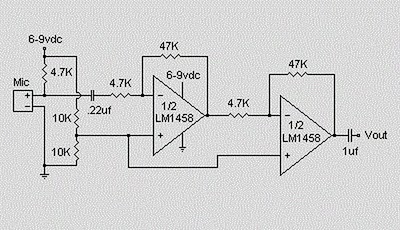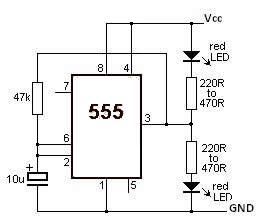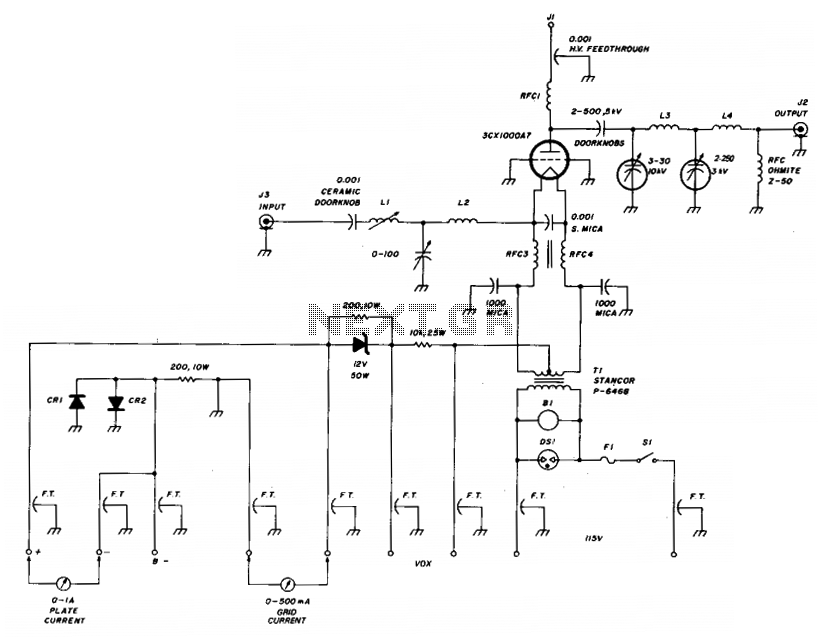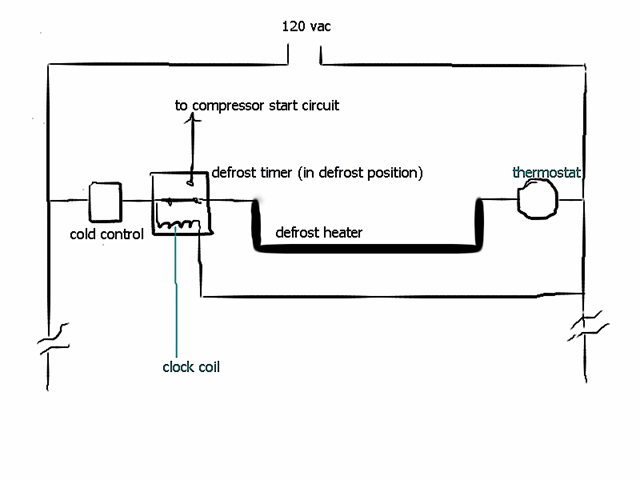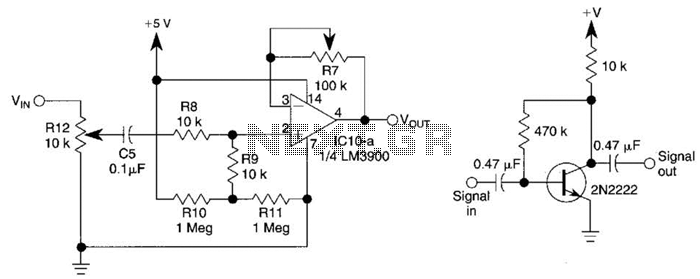
Amplifier Timer
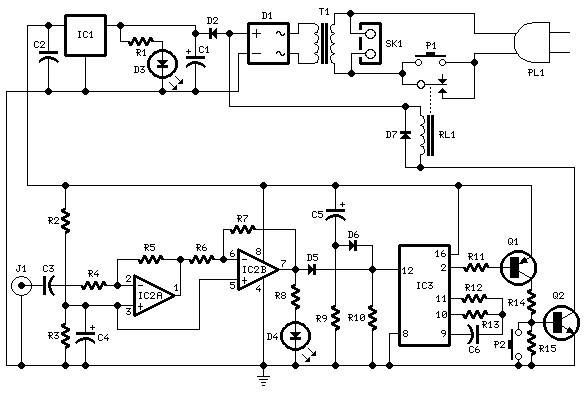
This circuit turns off an amplifier or any other device when a low-level audio signal fed to its input is absent for 15 minutes at least. Pushing P1, the device is switched on, feeding any appliance connected to SK1. Input audio signal is boosted and squared by IC2A and IC2B and monitored by LED D4. When D4 illuminates, albeit for a very short peak, IC3 is reset and restarts its counting. Pin 2 of IC3 remains in the low state, the two transistors are on and the relay operates. When, after a 15-minute delay, no signal appeared at the input, IC3 ends its counting and pin 2 goes high.
This circuit is designed to manage the operational state of an amplifier or similar device based on the presence of an audio signal. The core components include operational amplifiers, a timer IC, transistors, and a relay, which work together to achieve the desired functionality.
The circuit begins with an audio input, which is processed by operational amplifiers IC2A and IC2B. These components amplify the low-level audio signal and convert it into a square wave, facilitating easier detection of the signal's presence. The output of the second operational amplifier feeds into an LED indicator (D4), which visually indicates the presence of the audio signal.
The timer IC (IC3) plays a crucial role in monitoring the duration of the audio signal's absence. Initially, when an audio signal is detected, D4 illuminates, which resets the timer, preventing it from counting down. The timer's output at pin 2 remains low, which keeps the connected transistors in an "on" state, allowing current to flow through the relay. This operation ensures that the connected appliance, via connector SK1, remains powered.
If the audio signal is absent for 15 minutes, the timer completes its countdown, and pin 2 transitions to a high state. This change turns off the transistors, deactivating the relay and consequently cutting power to the appliance.
The circuit is equipped with a manual override switch (P1), allowing the user to turn on the device regardless of the audio signal state. This feature provides flexibility for scenarios where immediate operation is required without waiting for the audio signal to be detected.
Overall, this circuit effectively manages power consumption by turning off devices during periods of inactivity, thus contributing to energy efficiency. The use of visual indicators and manual controls enhances user interaction and operational reliability.This circuit turns-off an amplifier or any other device when a low level audio signal fed to its input is absent for 15 minutes at least. Pushing P1 the device is switched-on feeding any appliance connected to SK1. Input audio signal is boosted and squared by IC2A & IC2B and monitored by LED D4. When D4 illuminates, albeit for a very short peak, IC3 is reset and restarts its counting. Pin 2 of IC3 remains in the low state, the two transistors are on and the relay operates. When, after a 15 minutes delay, no signal appeared at the input, IC3 ends its counting and pin 2 goes high.
🔗 External reference
This circuit is designed to manage the operational state of an amplifier or similar device based on the presence of an audio signal. The core components include operational amplifiers, a timer IC, transistors, and a relay, which work together to achieve the desired functionality.
The circuit begins with an audio input, which is processed by operational amplifiers IC2A and IC2B. These components amplify the low-level audio signal and convert it into a square wave, facilitating easier detection of the signal's presence. The output of the second operational amplifier feeds into an LED indicator (D4), which visually indicates the presence of the audio signal.
The timer IC (IC3) plays a crucial role in monitoring the duration of the audio signal's absence. Initially, when an audio signal is detected, D4 illuminates, which resets the timer, preventing it from counting down. The timer's output at pin 2 remains low, which keeps the connected transistors in an "on" state, allowing current to flow through the relay. This operation ensures that the connected appliance, via connector SK1, remains powered.
If the audio signal is absent for 15 minutes, the timer completes its countdown, and pin 2 transitions to a high state. This change turns off the transistors, deactivating the relay and consequently cutting power to the appliance.
The circuit is equipped with a manual override switch (P1), allowing the user to turn on the device regardless of the audio signal state. This feature provides flexibility for scenarios where immediate operation is required without waiting for the audio signal to be detected.
Overall, this circuit effectively manages power consumption by turning off devices during periods of inactivity, thus contributing to energy efficiency. The use of visual indicators and manual controls enhances user interaction and operational reliability.This circuit turns-off an amplifier or any other device when a low level audio signal fed to its input is absent for 15 minutes at least. Pushing P1 the device is switched-on feeding any appliance connected to SK1. Input audio signal is boosted and squared by IC2A & IC2B and monitored by LED D4. When D4 illuminates, albeit for a very short peak, IC3 is reset and restarts its counting. Pin 2 of IC3 remains in the low state, the two transistors are on and the relay operates. When, after a 15 minutes delay, no signal appeared at the input, IC3 ends its counting and pin 2 goes high.
🔗 External reference
